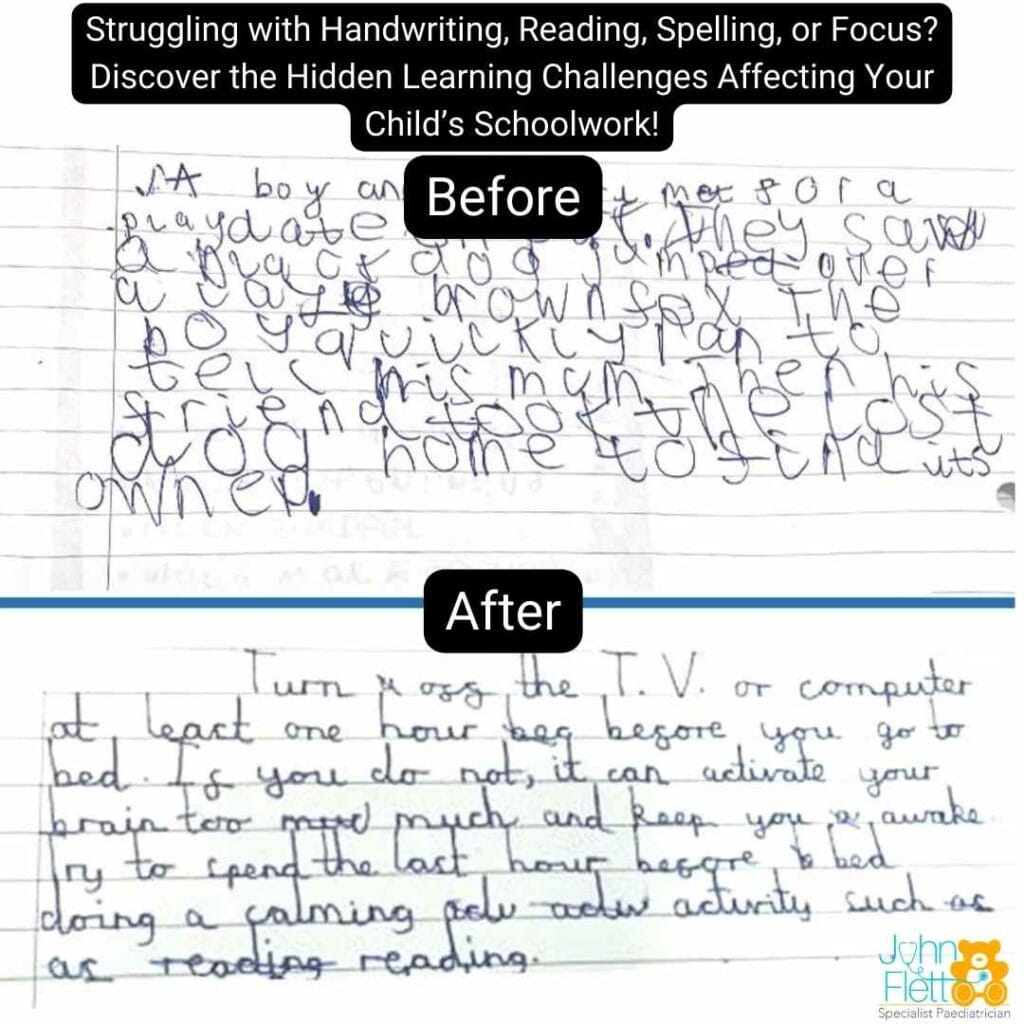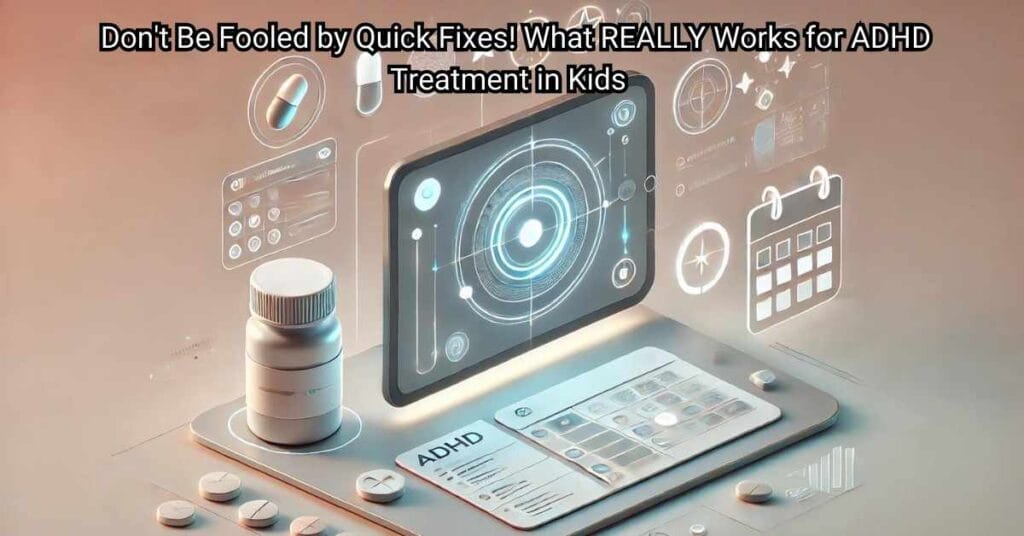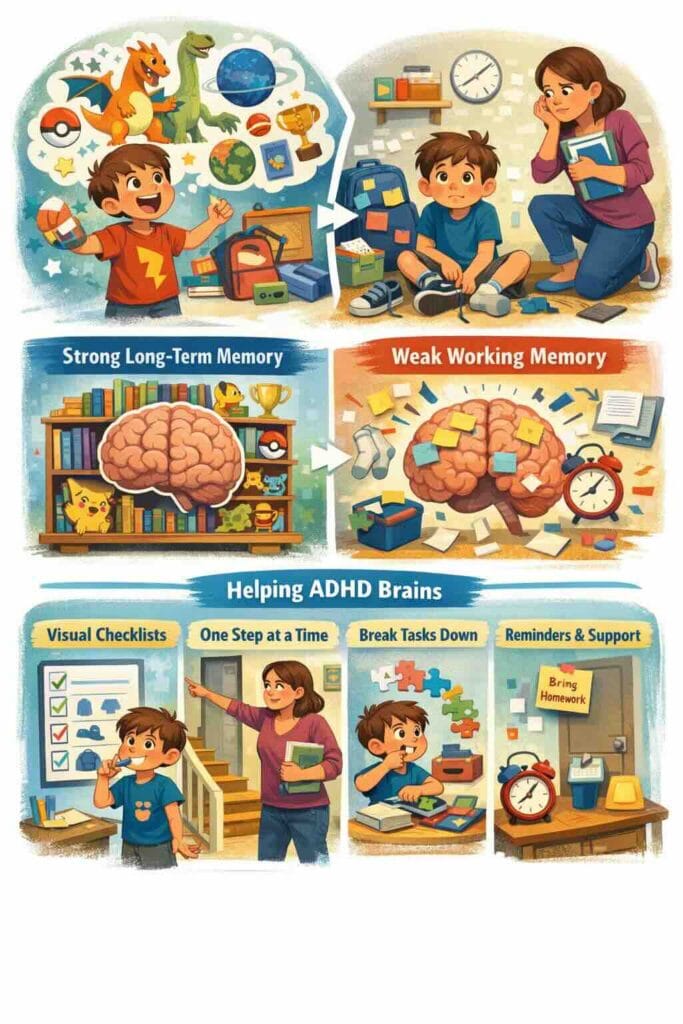Reading and Writing
Reading and writing strategies for children with an attention deficit disorder (ADD)
1. This is the most common problem area for children with ADD. They are often verbally proficient and have wide general knowledge, but they find it difficult to get it down on paper.
The main reason for this is that our brains have not developed to support the complex processes we need to integrate for reading and writing. This includes organisation, spelling, fine motor skills, self-monitoring, memory and language.
Children with ADD often already have problems in the initial phase – what should I write about, how do I organise my thoughts, what should I not write about.
Memory is important since it keeps us on course and informs our overall plan. We should not drift off course with our thoughts and we should bear in mind what we set out to say.
Spelling can be a problem if a child has ADD. These children will sometimes spell a difficult word correctly but will make mistakes with basic conjunctions. They do not pay attention to detail, sequence and patterns and are prone to negligent mistakes. If there is a co-morbidity in the form of a learning problem, the whole-word recognition method of reading can be problematic.
Visuomotor skills involve the physical act of writing and rewriting neatly and organisation; these are all difficult aspects for ADD children.
Editing, in other words revising words and proofreading, is difficult since they would often rather move from initial planning to a final copy because the steps in between seem uninteresting. Self-monitoring of the speed of work and production is often also suboptimal.
2. Useful Strategies:
2.1 Before the writing process:
Get ideas for compositions: E.g., look through family photo albums and discuss memories. Talk about humorous things that happened, milestones, things that frighten them. Encourage the child to keep a diary and to write things down. Let the child keep files in which things can be kept, such as objects collected during outings, souvenirs from vacation, etc.
Start a collection of interesting photos that can serve as stimuli for writing. Use recorders on which children can record their stories verbally.
Visual aids: Start with the main idea and expand on it using a so-called ‘mind-map’ or ‘spider diagram’. Create a comparative table on which characters/events are compared. To draw a map on which the stories are depicted (who, where, when, why) can be useful.
2.2 With high-school children, use a checklist to help them with planning.
What is my topic and for whom am I writing? What kind of essay will I write? Have I collected enough interesting information? Are my sources all available in one place? How can I draw the reader’s attention at the outset?
For stories this can be:
Who are the main characters
Where and when are events taking place
What happens
How are problems solved
How does it end
Do the characters change over the course of the story
2.3 Problems with handwriting
For younger children, occupational therapy can help, and for teenagers, handwriting systems specifically aimed at legibility can be useful (e.g. Nan Barchowsky’s ‘Fluent handwriting’ or the CASL handwriting programme developed at Vanderbilt University).
For children with serious specific learning disabilities, a request that the school permits them to type might be more practical.
2.4 Teenagers sometimes identify with the comparison between writing and being a film director. They imagine that they are a famous director planning a movie and apply these principles to their writing.
Act One: Plan to get the reader’s attention with your first sentence. Keep the end in mind as well as how you will get there.
Act Two: The initial copy. Imagine that you need to present the idea to a film producer. Take a recorder and try to explain the main ideas. What is the most exciting moment? Which are your three most exciting ideas? Expand on this, use a whiteboard to draw it if necessary.
Third Act: It is important to edit a film so that the story flows. Check that your sentences flow and that your ideas appear in a logical sequence. Don’t digress. Try to create a masterpiece. Rewrite each sentence if necessary. Use your thesaurus to write better words. Use your resources (spell testing on computers).
Now you can hand in your masterpiece and celebrate!



